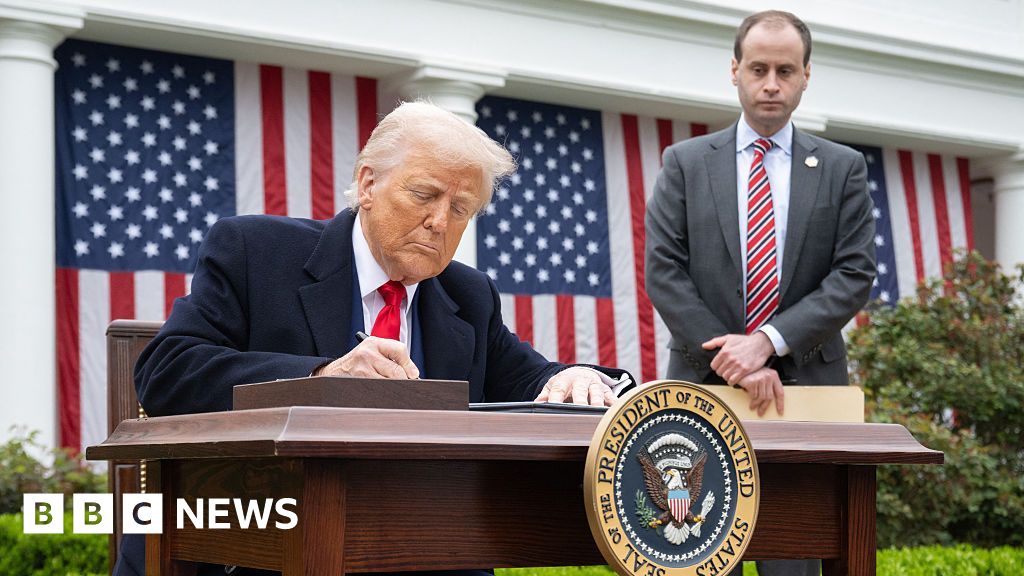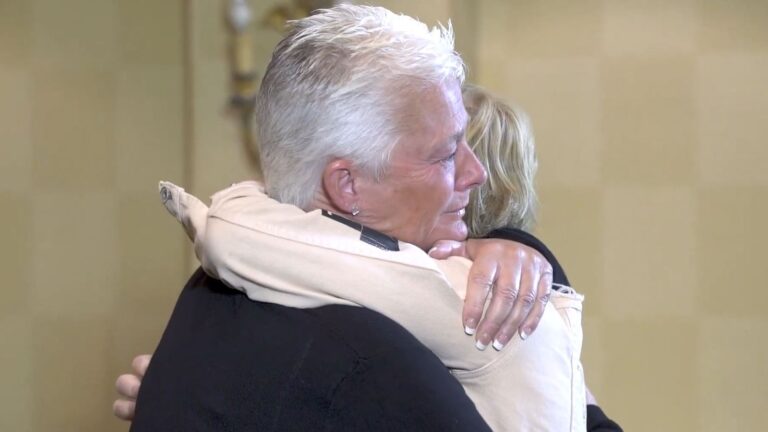

Watch: Three things to know about Trump’s tariffs announcement
Donald Trump announced a sweeping new set of reciprocal tariffs on Wednesday, arguing that they would allow the United States to succeed.
Trump’s tariffs, which he imposed via executive order, are expected to send economic shockwaves around the world. The White House released a list of roughly 100 countries and the tariff rates that the US would impose in kind.
Here are the basic elements of the plan.
10% baseline tariff
In a background call before Trump’s speech, a senior White House official told reporters that the president would impose “baseline tariffs” on all countries.
That rate is set at 10% and will go into effect on 5 April.
Some countries will only face the base rate. These include:
- United Kingdom
- Singapore
- Brazil
- Australia
- New Zealand
- Turkey
- Colombia
- Argentina
- El Salvador
- United Arab Emirates
- Saudi Arabia
Custom tariffs for ‘worst offenders’
White House officials also said that they would impose specific reciprocal tariffs on roughly 60 “worst offenders”, to go into effect on 9 April.
These countries charge higher tariffs on US goods, impose “non-tariff” barriers to US trade or have otherwise acted in ways the government feels undermine American economic goals.
The key trading partners subject to these customised tariff rates include:
- European Union: 20%
- China: 54%
- Vietnam: 46%
- Thailand: 36%
- Japan: 24%
- Cambodia: 49%
- South Africa: 30%
- Taiwan: 32%
No additional tariffs on Canada and Mexico
Canada and Mexico are not mentioned in these new tariff announcements.
The White House said they would deal with both countries using a framework set out in previous executive orders, which imposed tariffs on Canada and Mexico as part of the administration’s efforts to address fentanyl and border issues.
He previously set those tariffs at 25%, before announcing some exemptions and delays.
25% tariffs on auto imports
In addition, the president announced the US would impose a “25% tariff on all foreign made-automobiles”.
Those tariffs would go into effect almost immediately, at midnight on 3 April.




